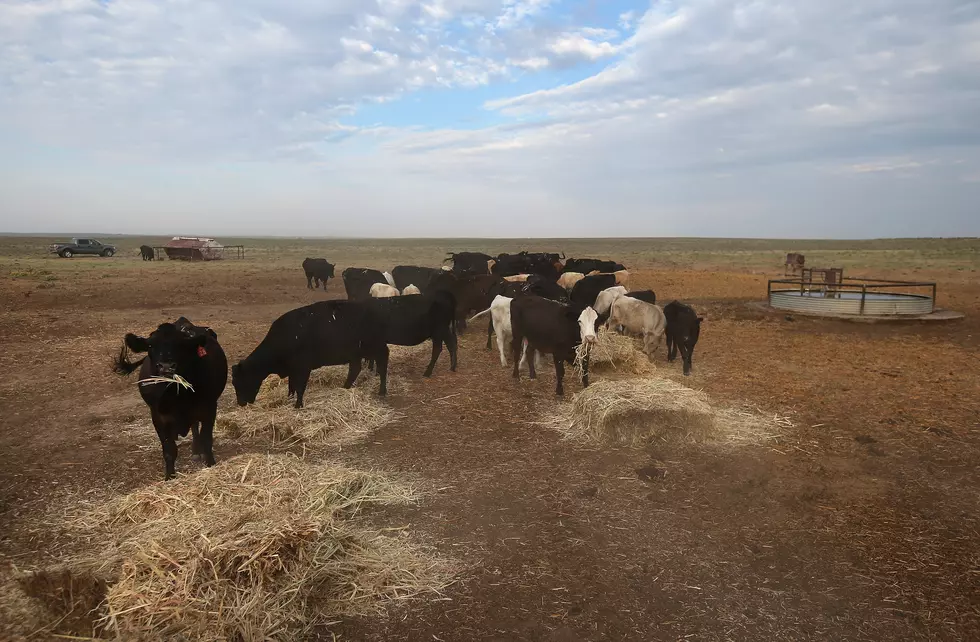
The Case For Corn Silage as Cattle Feed
This is from Travis Meteer at the University of Illinois
URBANA - This year the drought has put a lot of stress on cattle feeders. Because of low yields, many cornfields were harvested as silage for cattle feed. The current question is, how can silage be used best to keep costs down?
“First and foremost, drought-stressed corn silage can be notorious for high nitrate concentrations and overfeeding nitrates can cause nitrate poisoning, or brown-blood disease, in cattle,” said University of Illinois feedlot nutritionist Tara Felix. “Cattle essentially suffocate because there is not enough oxygen being carried in the blood. Therefore, before feeding silages put up during a drought, always get a nitrate test.”
There are several testing centers where samples can be sent. For a list, visit http://web.extension.illinois.edu/oardc/cat126_3771.html.
After testing safe for nitrates, silage can be an excellent source of energy for cattle.
“Cattle can be fed by giving them free access to silage with supplemental protein and minerals,” Felix said. Her recommendations are that calves that are 600 to 700 pounds should eat enough silage to gain about 3 lbs. per day if they are fed by given free access. When cattle reach 800 pounds more of the energy in silage will be used for their increased maintenance needs so gains will likely drop to 2 or 2.5 pounds when fed by free choice. If cattle are limit-fed silage at 80 or 90 percent of free-choice, gains will drop off between 0.25 to 0.5 pounds. Felix obtained this information is from a 1994 study by Murphy and Loerch.
“It is important to remember that cost of gain is still the driver of feeding decisions,” Felix said. “Although diets high in co-product inclusion have become normal for cattle feeders, this year high inclusions of silage may be the best ration option. If you have cheap corn silage, it will be cheaper to have cattle at 2 to 2.5 Average Daily Gain (ADG) with corn silage than to buy expensive corn and byproducts,” she said.
Felix said that if you’re feeding corn silage by giving access all day, you will need additional protein as well as a mineral supplement. Your management will dictate how you supplement protein and minerals. Farmers with low labor and equipment resources will likely need to utilize free-choice protein and mineral supplements. These come in the form of liquid feeds, lick tubs, and commercial supplements. Most generally they come at an added cost, but they are convenient and fit well into farms that have low labor and less equipment.
Farms with more labor and equipment have other options. Felix recommended some protein options if your operation can deliver a Total Mixed Ration (TMR).
Option 1: Co-products. We have used co-products of the ethanol industry for decades now. In the past, these have been economic alternative to soybean meal and urea. This year, this will likely not be the case. With co-products pushing $300 per dry ton, the cost of crude protein from co-products is a little over $0.50 per pound.
Option 2: Urea. While urea looks expensive on paper, we have to compare it to the current economics. With urea running around $680 per ton, crude protein costs about $0.12 per pound. Therefore, urea may be the more economical protein supplement for corn silage this year. Keep in mind that urea should not be included at more than 1.5 percent of the total ration dry matter and should not be used with corn silage high in nitrates.
More From KHMO-AM 1070, News-Talk-Sports









